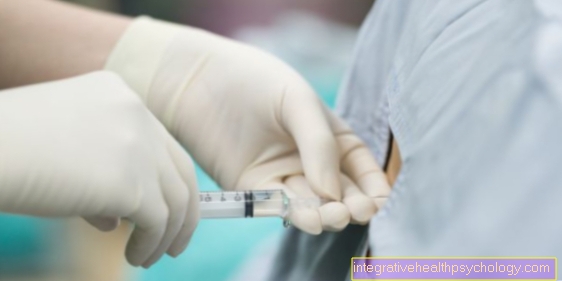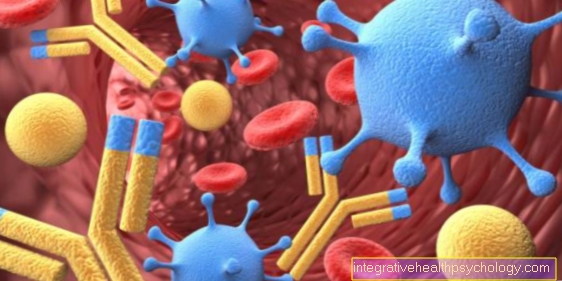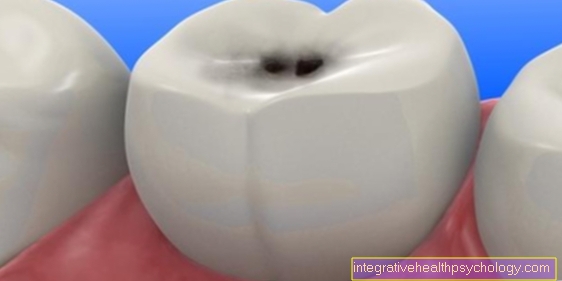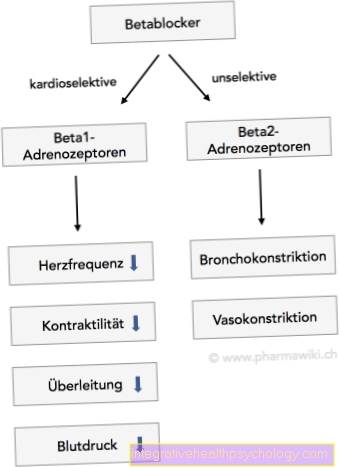Which drugs or drugs affect the pupil?
introduction
Medicines and drugs can affect the pupil in many different ways. The two most important regulators of the pupil size are the so-called sympathetic and the parasympathetic. These two are opponents in the body and regulate almost all body functions. The sympathetic nervous system is activating and makes us ready to flee or to fight against this danger in the event of danger. When the sympathetic nervous system is activated, the pupils dilate. The parasympathetic nervous system is more responsible for the calm state and is particularly active during digestion. The pupils are dilated by the parasympathetic action. All medications and drugs that intervene in this sympathetic-parasympathetic system can affect the pupil. The pupil is set either wide or narrow, and the pupil usually reacts sluggishly or not at all to light stimuli.
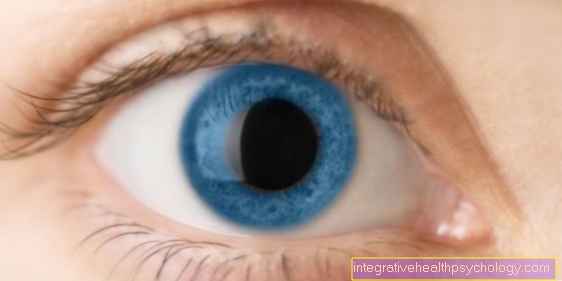
What drugs make large pupils?
Large pupils (dilated pupils = Mydriasis) are caused by a variety of drugs. Ophthalmologists in particular take advantage of this by dripping the pupil wide for the eye examination. In the eye drops is mostly atropine (an active ingredient from deadly nightshade, too Belladonna called) included. In addition, drugs that activate the sympathetic nerve widen the pupil. These include, for example, adrenaline, noradrenaline and dobutamine. Antihistamines, used for allergic reactions, and drugs for psychotic seizures can also make pupils large. In particular, poisoning with such drugs can lead to dilated and sometimes rigid pupils. Likewise, excessive doses of certain drugs for depression can widen the pupils. These include the tricyclic antidepressants such as amytriptillin and imipramine. Drugs that widen the pupils are for example cannabinoids (cannabis and hemp) as well as cocaine (crack) and amphetamines (speed, pep, meth, MDMA). Hallucinogens such as mushrooms containing psilocybin, LSD and DMT can also make the pupils large.
What drugs make small pupils
Small pupils are mainly caused by opioids such as morphine, tilidine, oxycodone, and tramadol. These are used in medicine to relieve pain, but if the doses are too high, they can cause the pupils to contract. Eye drops are also used to narrow the pupil. Eye drops containing pilocarbine are used. These activate the parasympathetic nervous system and thus cause the pupils to become smaller. Other drugs that target the parasympathetic nerves can also constrict the pupils. These include, for example, neostigmine and physostigmine. Some medications used for dementia can also make the pupil smaller. A small pupil can also be caused by the drug clonidine; this active ingredient is used, for example, in alcohol withdrawal therapy. However, small pupils can also result from poisoning with insecticides such as parathion or from an overdose of opioid-containing drugs. The drugs from the opioid group include, for example, morphine and oxycodone, methadone and heroin also work via the opioid receptors and can therefore trigger a reduction in the size of the pupils.
Which drugs slow down the pupillary reflex?
A slowed pupil reflex is always triggered when medication or drugs intervene in the sympathetic and parasympathetic system. All drugs that cause the pupils to dilate (atropine, adrenaline, noradrenaline, dobutamine, antihistamines, amytriptillin, imipramine) can also cause the pupil reflex to slow down. With atropine, which is used by the ophthalmologist, this is actually a desired reaction. With most other drugs, however, the slowed or extinguished pupillary reflex indicates that the dosage of the active ingredient is too high. Constricted pupils can also be noticed due to a slowed pupil reflex. Above all, opioids, i.e. highly effective pain medication, are the trigger for the slowed pupil reflex. Poisoning with other substances such as drugs or some plants (thorn apple, deadly nightshade, mushrooms) can also lead to a slowed pupil reflex. In addition, the pupillary reflex stops when general anesthesia is performed. The pupils initially narrow, then they are dilated and their reaction is slowed down and sluggish.
Does weed affect the pupil?
When smoking weed, cannabis is inhaled, i.e. forms of cannabis such as weed, weed or marijuana are burned so that the vapors can then be inhaled. This initially leads to a relaxing effect as well as euphoria and possibly hallucinogenic effects. Then there is an increased appetite with cravings. The cannabis also causes the pupils to dilate. This can already occur with a normal consumption, but is especially the case with poisoning with cannabinoids. When smoking weed, the pupils usually dilate (mydriasis), and the view often appears empty as long as the active ingredient is present in the body in sufficient quantities. By intervening in the control of the pupil width, the pupil reflex can also be influenced. The reflex is often slowed down, and occasionally it is hardly present. This means that the dilated pupil does not or only slightly smaller, even when light shines into the eye.

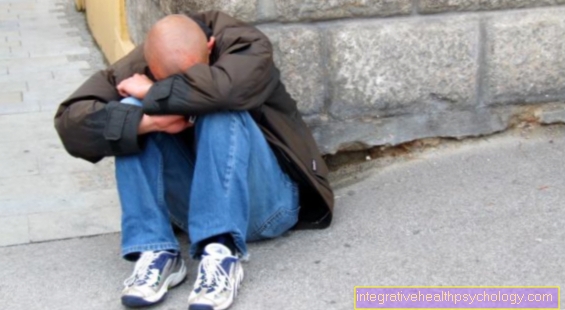

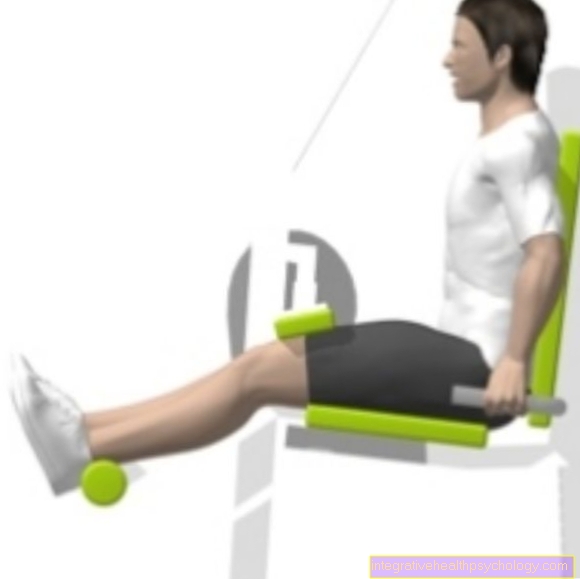
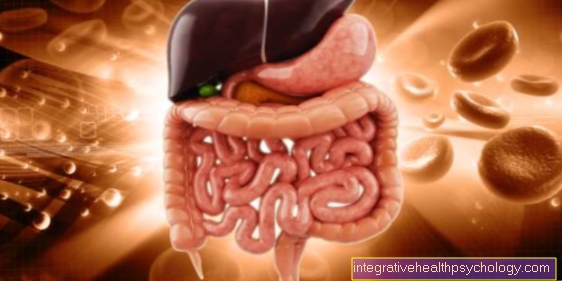
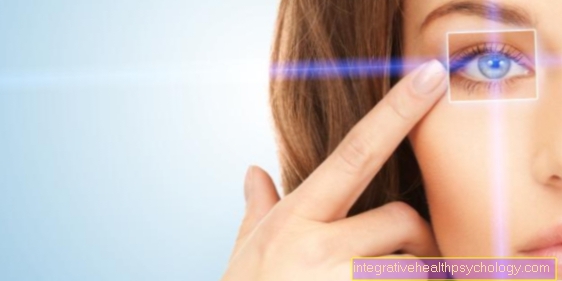




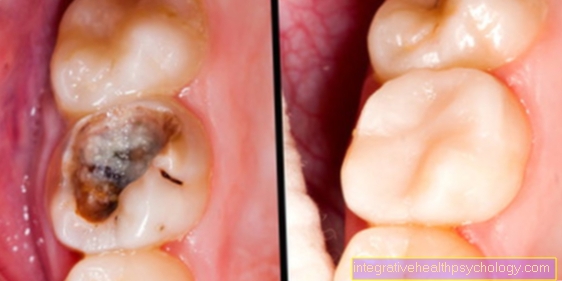



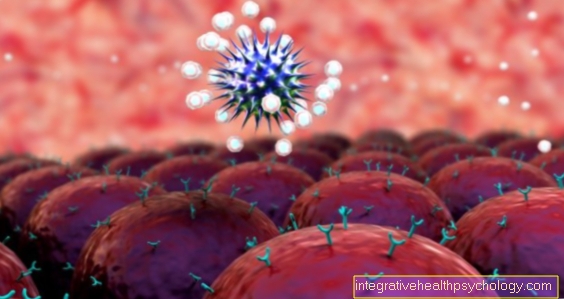
.jpg)





